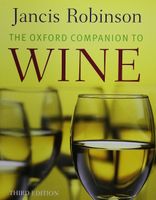dosage, the final addition to a sparkling wine which may top up a bottle in the case of traditional method wines, and also determines the sweetness, or residual sugar, of the finished wine. In French this addition is called the liqueur d’expédition and, in traditional method wines, usually comprises a mixture of wine and sugar syrup. Champagne is naturally so high in acidity that even wines with relatively high residual sugar can taste bone dry. bottle age or extended autolysis are excellent substitutes for dosage, however, and, in general, the older the wine, the lower the necessary dosage to produce a balanced wine, and vice versa. The early 21st century saw a fashion for champagnes made with no, or zero, dosage. The table below gives the legal classification of sweetness levels for sparkling wine and champagne within the eu. This information must be included on the label.
EU classification of sweetness levels for champagne and sparkling wine
RS g/l
| Example descriptions
|
< 3 with no sugar added after primary fermentation
| brut nature/naturherb/bruto natural/pas dosé/zéro dosage
|
0–6
| extra brut/extra herb/extra bruto
|
< 12
| brut/herb/bruto
|
12–17
| extra dry/extra trocken/extra seco
|
17–32
| sec/trocken/secco or asciutto/dry/seco
|
32–50
| demi-sec/halbtrocken/abboccato/medium dry/semiseco
|
> 50
| doux/mild/dolce/sweet/dulce
|



